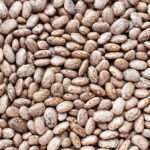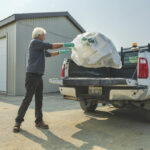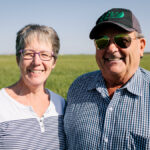
‘Take time to account for time’ and other spraying advice
Tom Wolf and Ian Epp offer tips for in-crop spray applications in canola

Nitrogen fertilizer requirements for dry beans: new emerging guidelines
Research indicates Manitoba growers may be applying too much nitrogen — assess nodules and/or start on-farm trials

Latest recommendations on soybean management in Manitoba
Optimum seeding depths and seeding windows, fungicide efficacy and whether to intercrop or relay crop — or not

The dos (and one don’t) of on-farm ag waste management
Cleanfarms offers tips to manage plastics and other farm waste

Bag it up, ship it out, move on
The programs available to farmers to safely — and easily — dispose of ag waste with Cleanfarms

Insect pests to watch for in 2021
Provincial experts discuss top pest threats for your region and offer tips for scouting

Stopping the spread of wild oats
There’s a fresh focus on the decades-old problem of herbicide-resistant wild oats

Crops and saline soils
Plant something, but choose carefully

Saskatchewan organic producer wins with chicken manure
Pelletized, cooked manure an organic fertilizer solution

Organic farming veteran offers some truth and tips
Thinking of going organic? Back up a little


